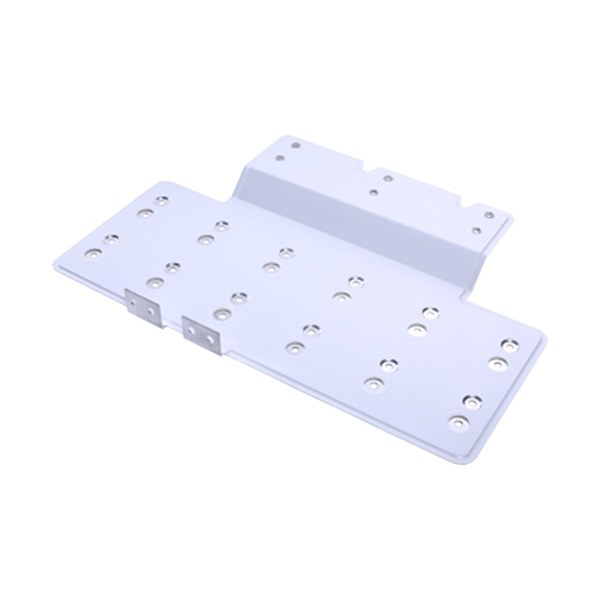Laminated Busbar for Wind and Photovoltaics Generation
Laminated busbars, also known as composite busbars, are multi-layered composite structures serving as the backbone of power distribution systems. Regarded as the expressways of electrical energy, they streamline and modernize power distribution compared to traditional, intricate, and time-consuming wiring methods. Utilizing composite busbars allows for the creation of a contemporary, easily designed, swiftly installed, and well-organized power distribution network.
- Insulation resistance20M Ω DC/1000V
- Parasitic inductance15nH/m
- Temperature rise≤30K
- Working temperature-40~105℃
Features of Laminated Busbar for Wind and Photovoltaic:
- High Current Carrying Capacity: Laminated busbars are designed to handle high currents, essential in renewable energy systems where significant power is generated.
- Low Impedance: They offer low impedance, minimizing power losses during the transmission of electrical energy within the system.
- Compact Design: The compact design of laminated busbars allows for efficient use of space in the often limited confines of renewable energy installations.
- Heat Dissipation: Some laminated busbars are designed with features to enhance heat dissipation, ensuring the system operates within acceptable temperature ranges.
- Corrosion Resistance: Materials used in laminated busbars are often chosen for their corrosion resistance, which is important in outdoor environments for wind and solar installations.
- Customizable Shapes and Sizes: Manufacturers can produce laminated busbars in various shapes and sizes, also accommodating the specific requirements of wind and photovoltaic systems.
- Insulation: Insulation layers are incorporated to prevent short circuits and also enhance the safety and reliability of the electrical system.
Uses of Laminated Busbar for Wind and Photovoltaic:
- Wind Turbine Generators: Laminated busbars are also used in the electrical systems of wind turbine generators to efficiently transfer the power generated by the turbines to the grid or storage systems.
- Solar Inverters: In photovoltaic systems, laminated busbars play a role in the inverters, converting DC power generated by solar panels into AC power for use or grid connection.
- Power Distribution in Solar Farms: They are employed to distribute power within solar farms, connect strings of solar panels, and efficiently transmit the generated electricity to the central inverter.
- Energy Storage Systems: Laminated busbars are also used in the electrical distribution systems of energy storage systems connected to wind and solar installations, also providing power for grid stabilization and backup.
- Interconnection of Components: Laminated busbars facilitate the interconnection of various components within renewable energy systems, such as inverters, transformers, and energy storage devices.
- Control Systems: They contribute to efficient power distribution to control and monitoring systems, also ensuring the proper functioning of the entire renewable energy setup.
